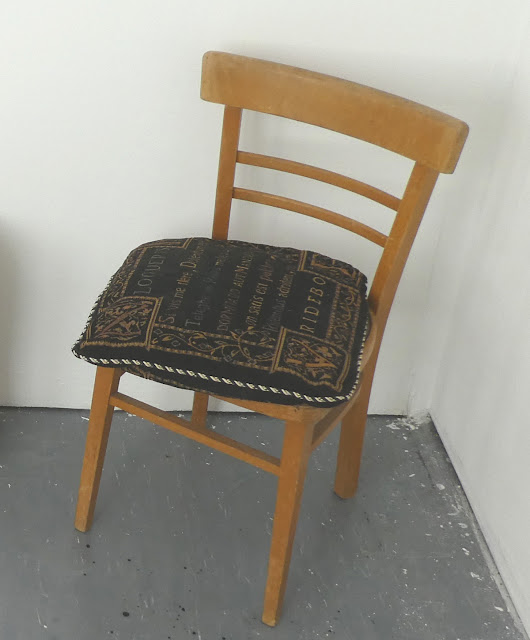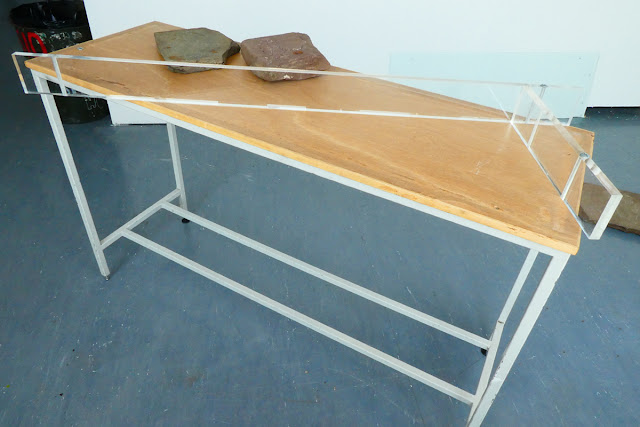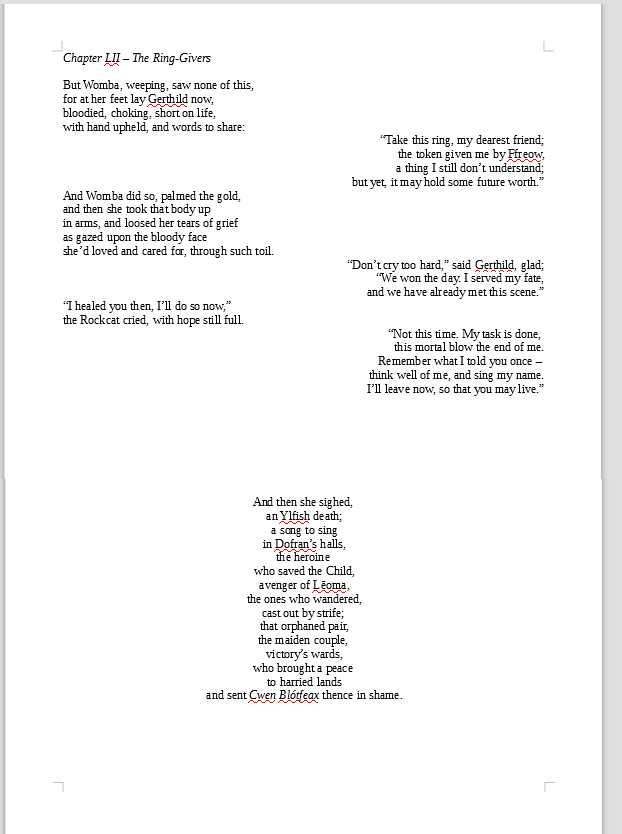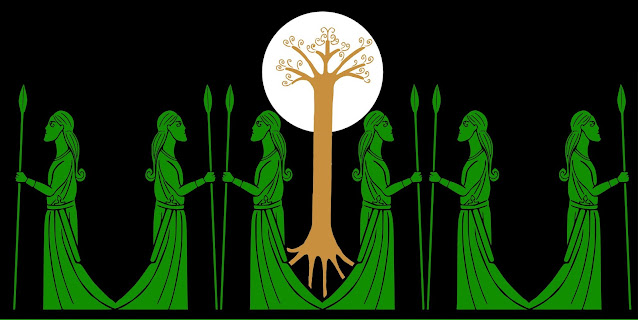Fragments and Intermediaries, Curating Discourse

Yesterday, I collected the 5 copies of the printed, bound Gyldlandsaga books from the printers and examined them...it's always nerve-wracking to open up that first copy and peer inside at how it's turned out. But the books look very fine - they have good, solid (even monumental) weight and physicality, and the steel spine adds excellent durability. The lack of "real book" textualities such as copyright bibliographical data, page numbering, ISBN etc., I think, help to enforce the 'art object' aspect of them and take away the 'mass production' aspects of cataloguing and data storage: as far as the international records are concerned, this book does not exist as such (cf Hannah Arendt's idea of refugees with no identity papers etc. being classed as 'non-people by 'the authorities' - i.e those whose rules constitute being or non-being). All the Old English texts on which this is based exist only in unique manuscripts, allowing these very ...



